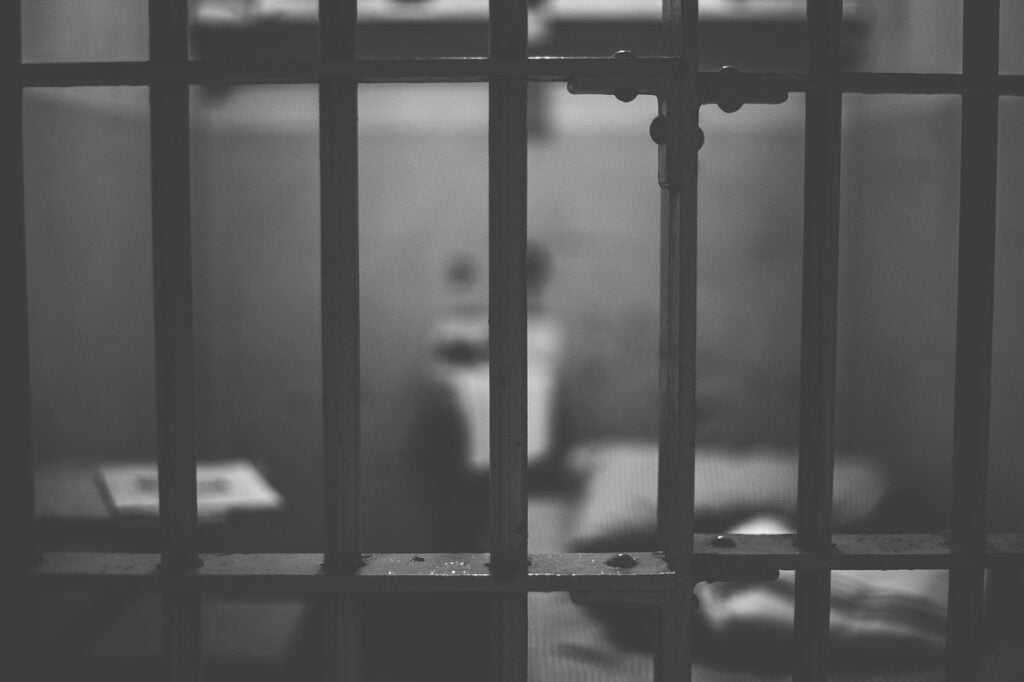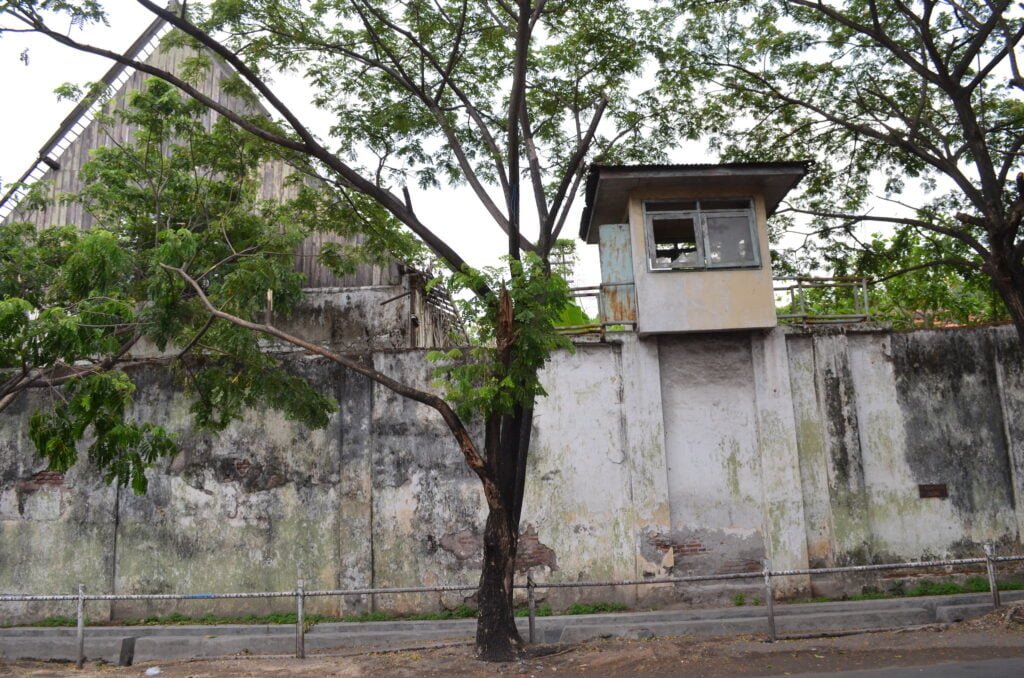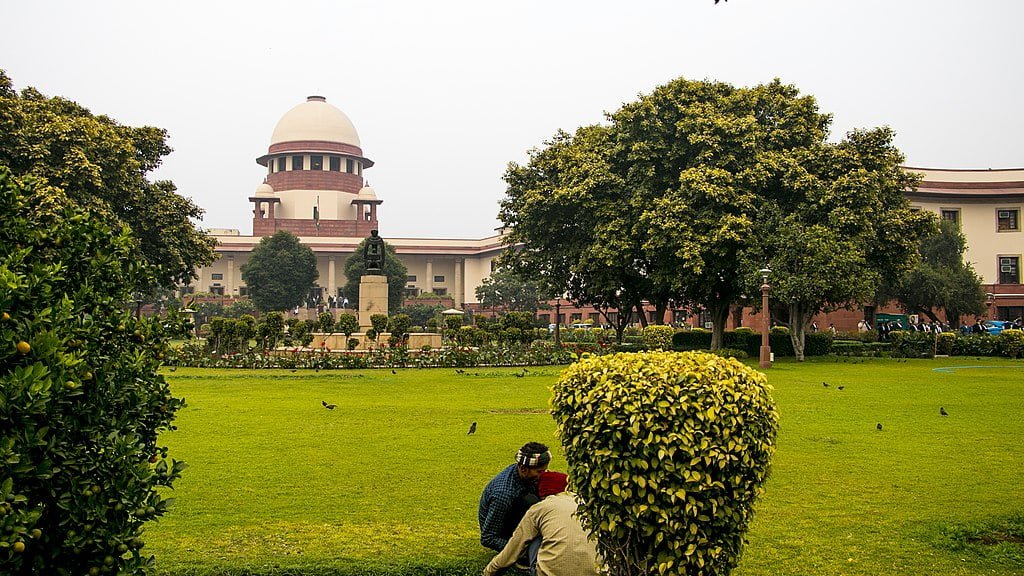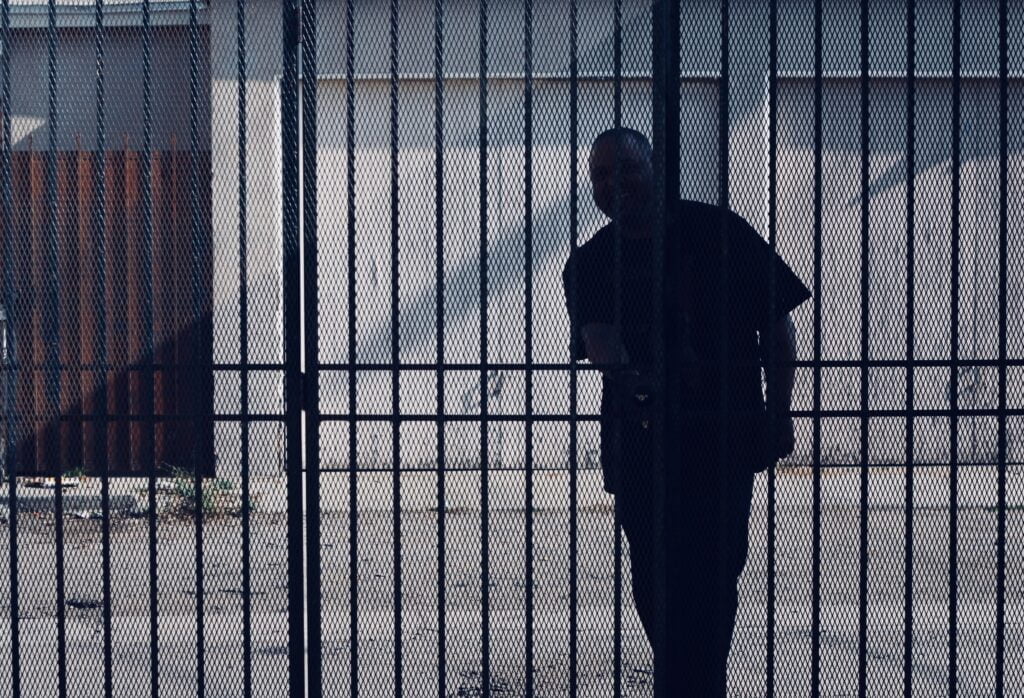A messy mix of politics, punishment, religion and tradition result in the death penalty having a secure future in the USA.
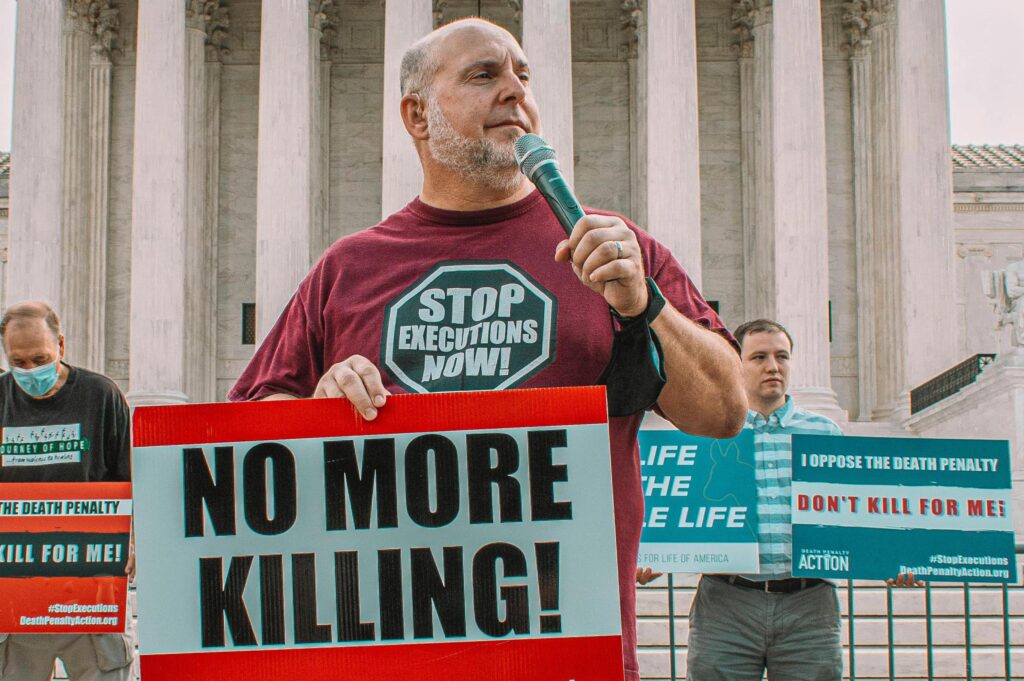 The death penalty remains firmly entrenched in some US states. : Maria Oswalt/Unsplash Unsplash license
The death penalty remains firmly entrenched in some US states. : Maria Oswalt/Unsplash Unsplash license
A messy mix of politics, punishment, religion and tradition result in the death penalty having a secure future in the USA.
At first glance, you might think the United States is moving away from capital punishment. After all, death sentences and executions have been declining for decades. In 1996, 315 people were sentenced to death, yet only 18 in both 2020 and 2021. Eighty-five people were executed in 2000, yet only 11 in 2021 and 8 in 2022.
Yet, in at least some places, the death penalty remains firmly entrenched. Research shows at least eight connecting reasons why capital punishment has not been abolished nationwide.
American violence
America has a long history of violence and racism, two acts linked throughout all of America’s past. The death penalty, where nearly all those convicted are killed through lethal injection, remains a form of violence — it is, after all, the intentional killing of a person by the government. Scholars note the links between capital punishment and other acts of violence, including slavery and lynchings in the past, as well as murder itself.
The death penalty no longer appears to be biased against African American killers as it was throughout much of the nation’s history. Black people are under-represented among those on death row and executed relative to the amount of murder they commit. Yet, about 76 percent of everyone executed in the US since 1976 killed White people — evidence of the so-called “race of victim bias” that characterises America’s death penalty system. Further, since 1976, the US has executed 296 Black killers who murdered Whites, but only 21 White killers who murdered Blacks, suggestive of a real inter-racial bias that persists to this day.
Murder and death
To at least some degree, death sentences and executions move in sync with murder rates: when murder rates are higher, the public perceive a greater need for death sentences and executions. This is particularly as the death penalty is often viewed as a service to crime victims. As murder rates began to decline in the 1990s, there was less reason to pursue as many death sentences in the US. Yet, when heinous crimes occur against especially vulnerable populations such as children, this adds pressure to prosecutors to seek the death penalty as a measure of justice for victims and their families.
Political pressure
Political pressures assure the continuation of capital punishment. Stated simply, capital punishment is part of the ‘law and order’ movement that took hold in US politics at the state and national levels of government starting in the 1980s. Being against the death penalty has been historically labelled “soft on crime,” something that does not accord with America’s punitive streak. Media coverage also contributes to both public perception and fear of crime.
Research has found exposure to negative media makes Americans more punitive. But at the same time, media coverage of problems with North Carolina’s death penalty system led to the largest decline in death sentences across the entire country from the 1990s to the first decade of the 2000s.These political reasons help explain the significant geographical disparities found in executions in the US. About 82 percent of all executions since 1977 have occurred in the South, with another 12 percent in the Midwest, 6 percent in the West, and only four total executions in the Northeast. It is actually less than 2 percent of all US counties that account for more than half of all current death row inmates and executions since 1976, meaning the death penalty is, by definition, extremely arbitrary
American punishment
Americans remain very punitive people. Whether it be capital punishment following a murder or a war following a terrorist attack, America often responds to violence with more violence. The death penalty is perceived as the most serious punishment available for the most seriously perceived crime of them all — capital murder. It tends to satisfy the desire for vengeance held by many Americans, especially males, conservative Republicans, and Southerners.
Public support
Elements of public support are used to justify continuing the death penalty. In the latest 2022 survey by global analytics firm Gallup, more than half of Americans say the death penalty is “morally acceptable”. The results from 2021 found slightly more than half saying they still support the death penalty. In a democratic republic, it is expected that the majority will typically get what it wants.
The more Americans are aware of the details relating to the death penalty, the less they support it, unless their opinion is rooted in retribution, as predicted by the “Marshall hypothesis” in the 1970s. Alternatives, such as life imprisonment without the possibility of parole, are more likely to be chosen in place of the death penalty,
Religion
No discussion of the USA can leave out religion. People who consider themselves to be Christian are among those most likely to support the death penalty. Research shows those who hold views closer to the Old Testament are more likely to support the death penalty than those who more align themselves with the New Testament.
All politics is local
Probably most importantly, US government structures assure the continuation of the death penalty. Experts cite local politics (where individual prosecutors have complete discretion to seek the death penalty) as well as federalism (where individual states have the right to follow their own paths) as critical to understanding the continued use of capital punishment. This is why nationwide abolition of the death penalty is unlikely, but instead will likely come, as it has thus far, one state at a time.
Since 2000, 11 states have abolished the death penalty, and three others have imposed a moratorium on executions. A review of these states shows they abandoned the death penalty in face of clear evidence of racial bias, wrongful conviction, and excessive financial costs associated with the “real death penalty”— not in theory, but as it is actually carried out.
Tradition
This reality illustrates the way forward to abolition. The final reason the death penalty persists in the US is simply tradition. In Europe, the death penalty did not end because the public demanded it. It ended when educated elites decided to end it and a new tradition, rooted in the recognition of human rights (the first being the right to life) was born. The death penalty will be abolished in America simply when they stop using it. Until then, it will continue, limping ahead, but likely resurging as murder rates rise and if they continue to do so in the future.
Matthew Robinson is Professor of Government and Justice Studies at Appalachian State University. He is past president of both the North Carolina Criminal Justice Association and the Southern Criminal Justice Association, and was recently ranked one of the top 20 most influential criminologists in the world. His work on the death penalty has been cited both in the US and globally.
The author declares no conflict of interest.
Originally published under Creative Commons by 360info™.
Editors Note: In the story “Death penalty” sent at: 29/08/2022 09:52.
This is a corrected repeat.



